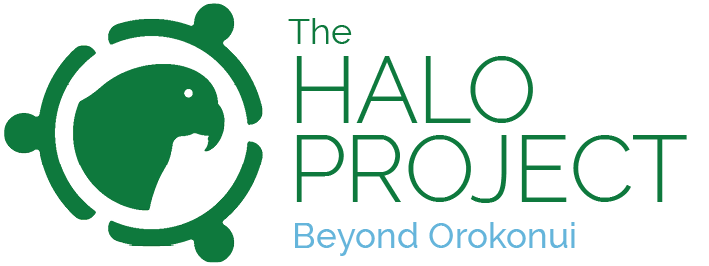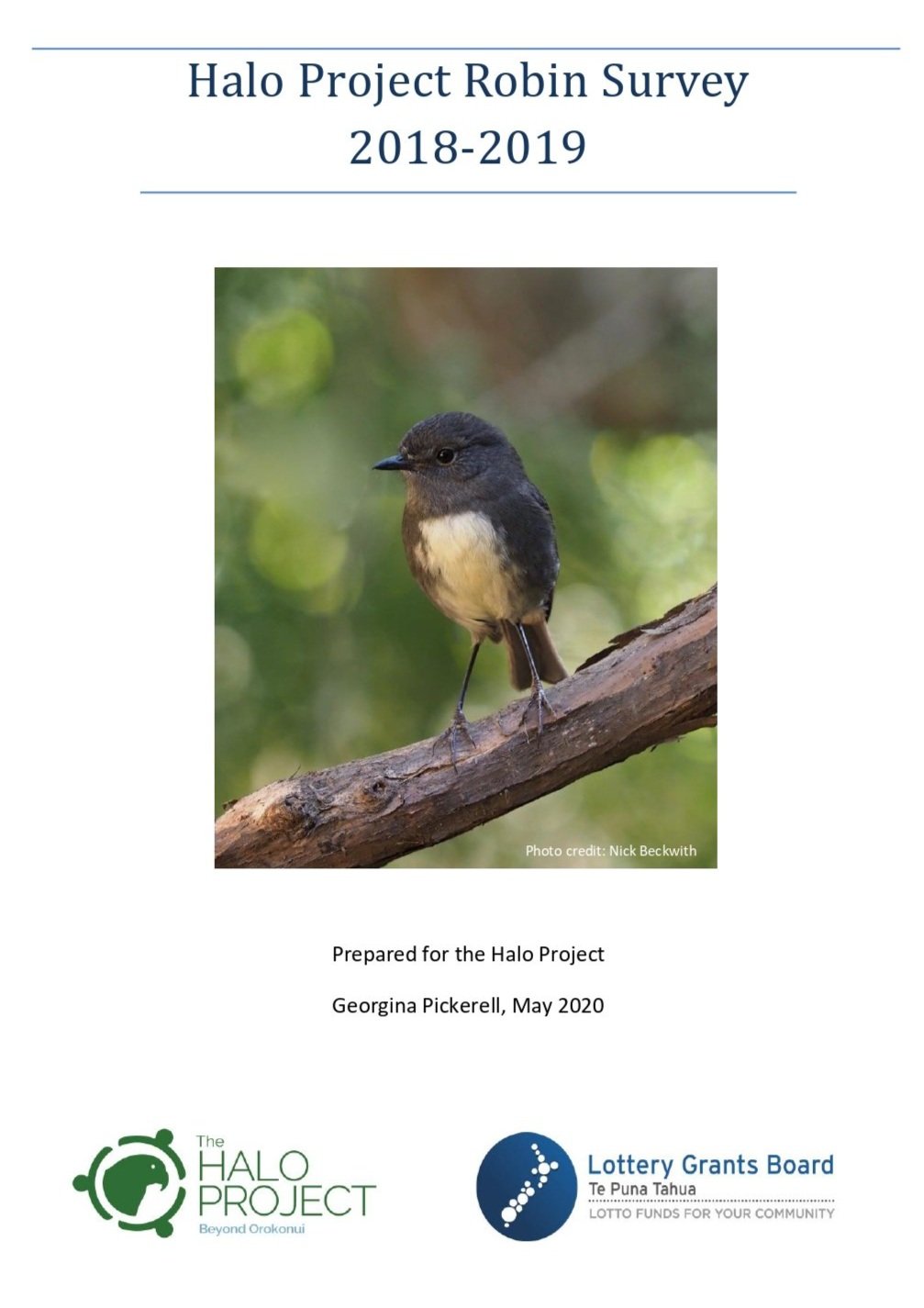Resources
Videos
Bring Back the Birds! Predator Free Dunedin
source to sea: native plants & where to plant them
Source to Sea: Native Plants & Where to Plant Them will guide you through identifying native seedlings and choosing the best location to plant them.
While we have developed this guide for the use of our field team and the residents we are working with this year, we believe it a useful guide for anyone interested in native revegetation or plant identification.
This guide features 46 native plants that would have once been abundant here in Ōtepoti/Dunedin. Each page features photos of the plant as a seedling and adult. Included are brief descriptions of the juvenile and mature form, the plant spacings and expected height, and the ecosystem in which they thrive.
A digital copy is available here (small size) for you to download free of charge. Or, contact us for a high quality version to print.
A PLANNING GUIDE TO NATIVE FOREST RESTORATION
A planning guide to native forest restoration for landowners with native forest remnants will help you develop your own plan to suit your specific site.
It is a booklet full of information and all the important questions you need to consider. It includes practical tasks to complete which all feed into your own restoration plan.
We have a printed version for sale for $15 incl p&p. Please contact us if you would like to purchase a copy.
Alternatively, it is available here (small size) for you to download.
This planning booklet is a companion document to “Forest Restoration Planning and Planting Guide for Landowners in the Halo Project area” (below). Purchase the pair for $15 incl p&p.
Forest Restoration planning and Planting Guide
Forest restoration planning and planting guide for landowners in the Halo Project area will help you understand which species are best planted in your area to restore your forest.
We have a printed version for sale for $15 incl p&p. Please contact us if you would like to purchase a copy.
Alternatively, it is available here (small size) for you to download.
This planning and planting guide is a companion document to “A planning guide to native forest restoration for landowners with native forest remnants” (above). Purchase the pair for $15 incl p&p.
COMMUNITY-BASED URBAN PREDATOR CONTROL TOOLBOX
Toolbox introduction and guide (1st edition) (PDF)
A document to guide communities through planning their own predator control. We have included a load of examples of what we did. We have organised these into three folders of resources:
Folder 1: Community engagement examples
Folder 2: Best practice guides
Folder 3: Community predator control plan example and template
To view or download these folders please click this link. If you need any further assistance, please email info@haloproject.org.nz
The Halo Project rolled out community trapping programmes around Orokonui Ecosanctuary since 2017.
Biodiversity outcome monitoring is essential to inform how well predator control operations are performing.
South Island robins, reintroduced into Orokonui in 2010-2011, are dispersing into the Halo area.
Robins are vulnerable to mammalian predation, which makes them a good species to monitor to assess the effectiveness of predator control.
To view or download this resource please click this link. If you need any further assistance, please email info@haloproject.org.nz
Community-led predator trapping, designed for best practice stoat and possum control, began in the Halo Project’s 3,900 ha Inner Halo in 2017.
Although increasing numbers of predators are being caught, trapping does not give an indication of how many – and what species of – predator remain in the area.
Monitoring mammalian predators using tracking tunnels met the Halo Project’s criteria for reliable, cost-effective monitoring that could involve the local community in data collection.
To view or download this resource please click this link. If you need any further assistance, please email info@haloproject.org.nz
Newsletters
BIANNUAL REVIEW DOCUMENTS
THE HALO PROJECT REVIEW 2021-2023
The Halo Team proudly presents their 2021-2023 Review. It’s like an Annual Report but without the financials details.
Download our colourful 24-page magazine-style report here (5MB).
It covers our community projects and how we are helping residents and landowners connect, protect and enhance this landscape through community partnerships and shared learning.
THE HALO PROJECT REVIEW 2019-2021
The Halo Team proudly presents their 2019-2021 Review. It’s like an Annual Report but without the financials details.
Download our colourful 22-page magazine-style report here (6MB).
It covers our community projects and how we are helping residents and landowners connect, protect and enhance this landscape through community partnerships and shared learning.
INFOSHEETS:
POSSUMS (PDF 1MB)
STOATS (PDF 1MB)
RATS (PDF 3MB)
TRAPINATOR TRAP (PDF 1MB)
AT220 NZ AUTOTRAP (PDF 2MB)
DOC SERIES TRAPS (PDF 1MB)
School Resources
Please contact us if you are interested in any of our school resources.
School Resource - GPS Protocol
School Resource - Project Guide
School Resource - Trap Box Protocol
Beyond Orokonui work
We created resources under our previous project name of “Beyond Orokonui”. We subtly changed the project name in order to focus more on the Halo Project.
If there is a resource listed below of interest to you, please contact us for a copy.
Aerial photo of the project area
Broad indigenous and exotic habitats within the project area
Geology of the project area
Habitat and vegetation map
Threatened environments in the project area


















